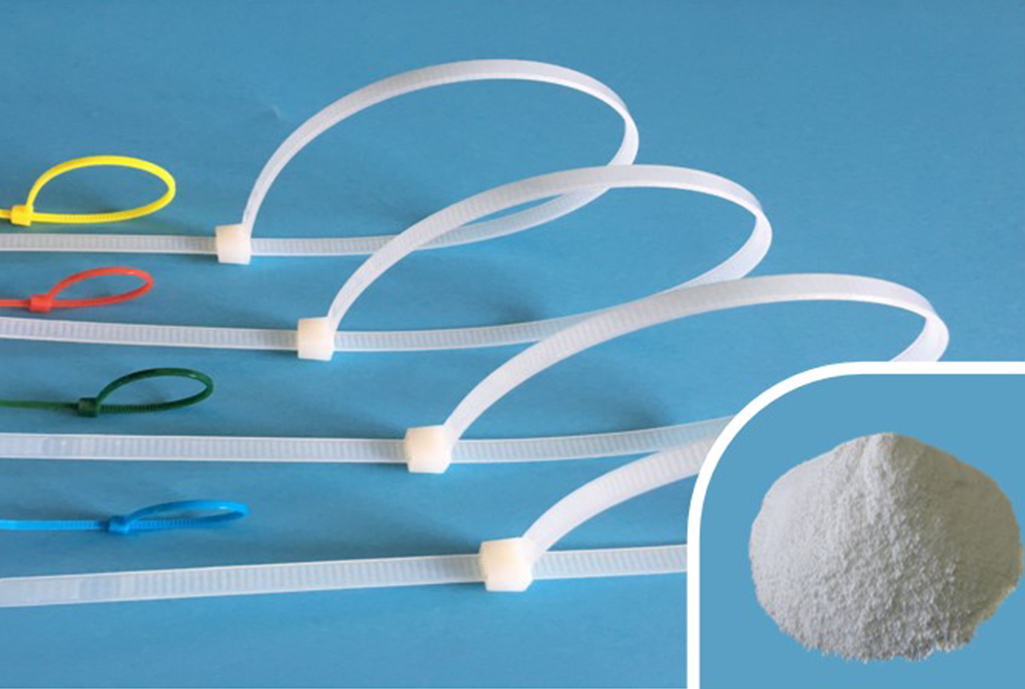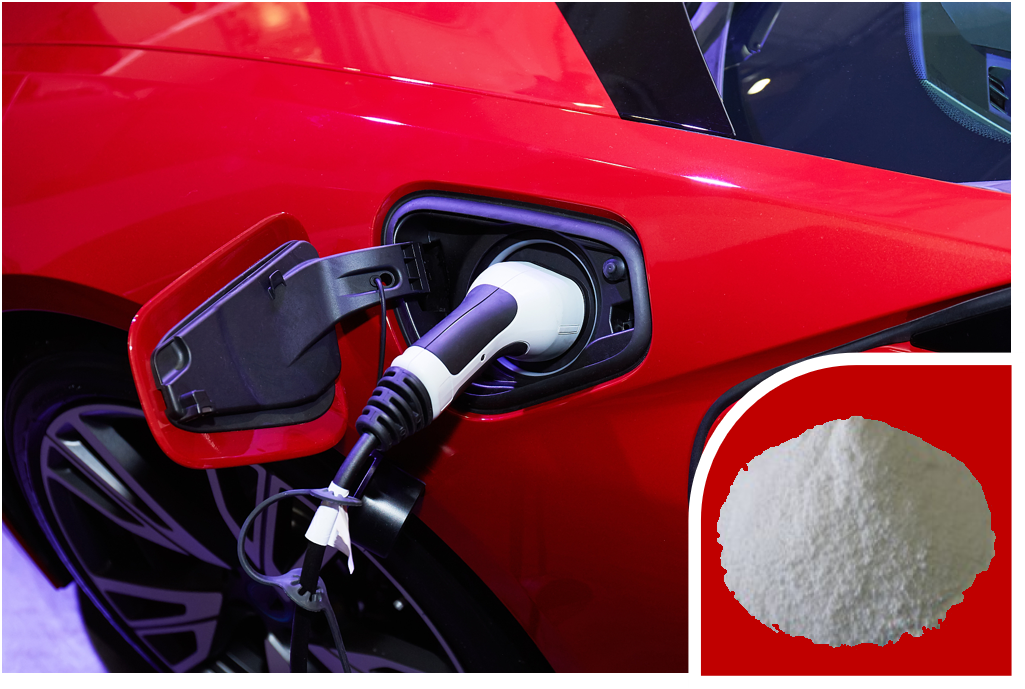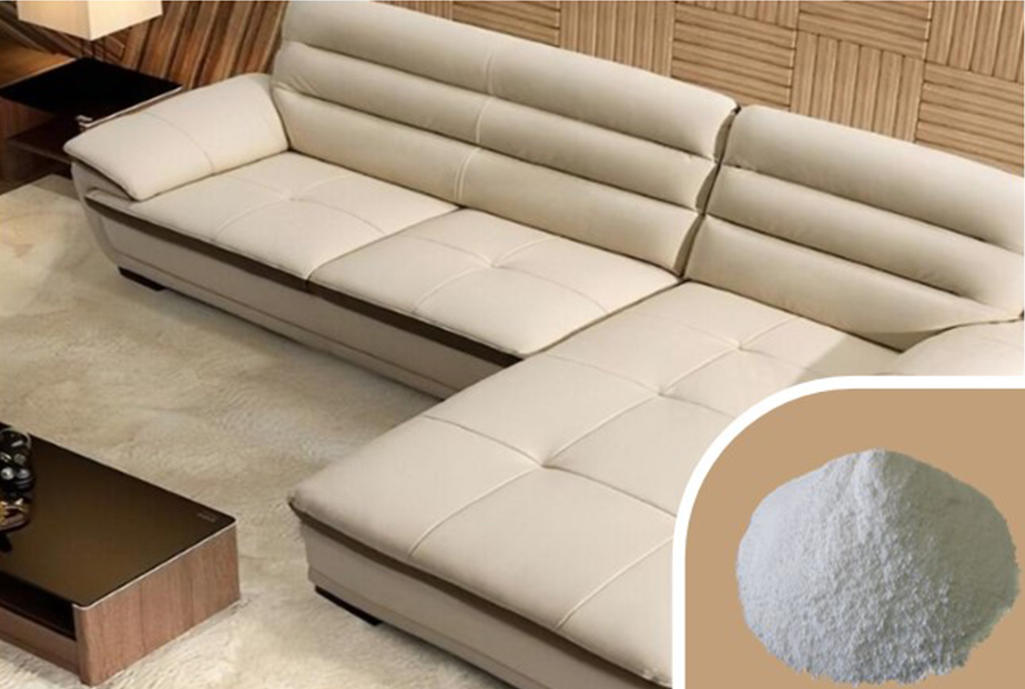Future Trends in Functional Additives Masterbatch Development
2025-02-19
1. Advancements in Nano-Additives
One of the most exciting trends in the development of functional additives masterbatch is the integration of nanotechnology. Nano-additives are being introduced to enhance the mechanical properties, barrier characteristics, and thermal stability of plastics. These additives are often used to improve strength, scratch resistance, and heat resistance, making them suitable for high-performance applications like automotive parts, electronics, and medical devices.
2. Smart Additives for Intelligent Plastics
Another promising development is the incorporation of smart additives that enable plastics to respond to environmental stimuli. These additives can make plastics change their properties under certain conditions, such as temperature, humidity, or light exposure. For example, thermochromic additives can make a plastic surface change color in response to temperature, while photochromic additives may react to light. Such innovations are opening up new possibilities in consumer products, packaging, and safety applications.
3. Eco-Friendly Additive Solutions
With an increasing emphasis on sustainability, many manufacturers are focusing on developing environmentally friendly functional additives. This includes bio-based additives derived from renewable sources, as well as additives that enhance the recyclability of plastic products. Additionally, additives that reduce the environmental impact of plastic waste—such as those that encourage biodegradation—are gaining popularity. By adopting these eco-friendly solutions, companies can meet stringent environmental regulations and respond to the growing demand for sustainable products.
4. Enhanced Process Efficiency Through Additives
Beyond the functional benefits, there is also a focus on improving the efficiency of manufacturing processes. Additives that facilitate faster processing, such as heat stabilizers and anti-foaming agents, are increasingly used to reduce energy consumption and improve throughput. These innovations not only help manufacturers save costs but also contribute to more energy-efficient plastic production.

5. Customization for Emerging Applications
As new industries and applications for plastics emerge, there is a growing need for highly specialized masterbatch formulations. Functional additives masterbatches are being customized for niche markets, such as medical devices, food packaging, and electronics. In these sectors, performance requirements are often stringent, and the ability to tailor additives to meet specific needs ensures that manufacturers can produce products with precise characteristics and superior quality.
6. Integration of Functional Additives with Additive Manufacturing
Additive manufacturing, or 3D printing, is another area where functional additives masterbatches are expected to play a crucial role. As 3D printing technology advances, there is an increasing demand for masterbatches that can provide specific functional properties, such as electrical conductivity, antibacterial resistance, or UV protection. The development of specialized additives for 3D-printed plastics will allow manufacturers to produce parts with customized features on demand, opening up new possibilities in industries like aerospace, healthcare, and consumer goods.



















